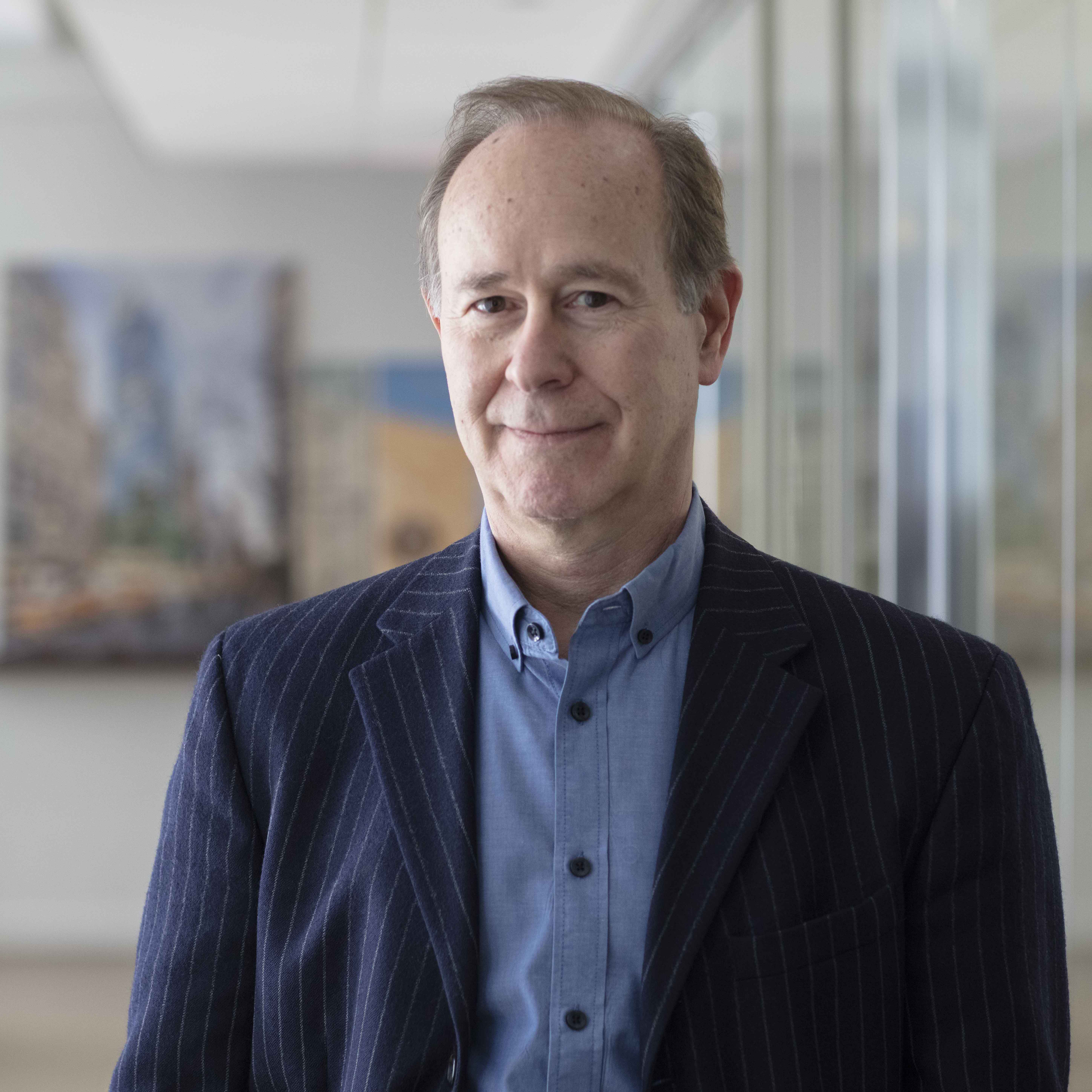Home » humanitarian design
Articles Tagged with ''humanitarian design''
Under African Skies: The first phase of an ambitious national university creates a community of buildings and outdoor spaces adapted to a hot, dry climate.
Read More
Forward Thinking
Western-trained architects are designing housing, schools, and buildings for social services in Africa's expanding cities and its rural areas. Here's a look at a number of projects currently on the boards.
Read More
Copyright ©2024. All Rights Reserved BNP Media.
Design, CMS, Hosting & Web Development :: ePublishing
